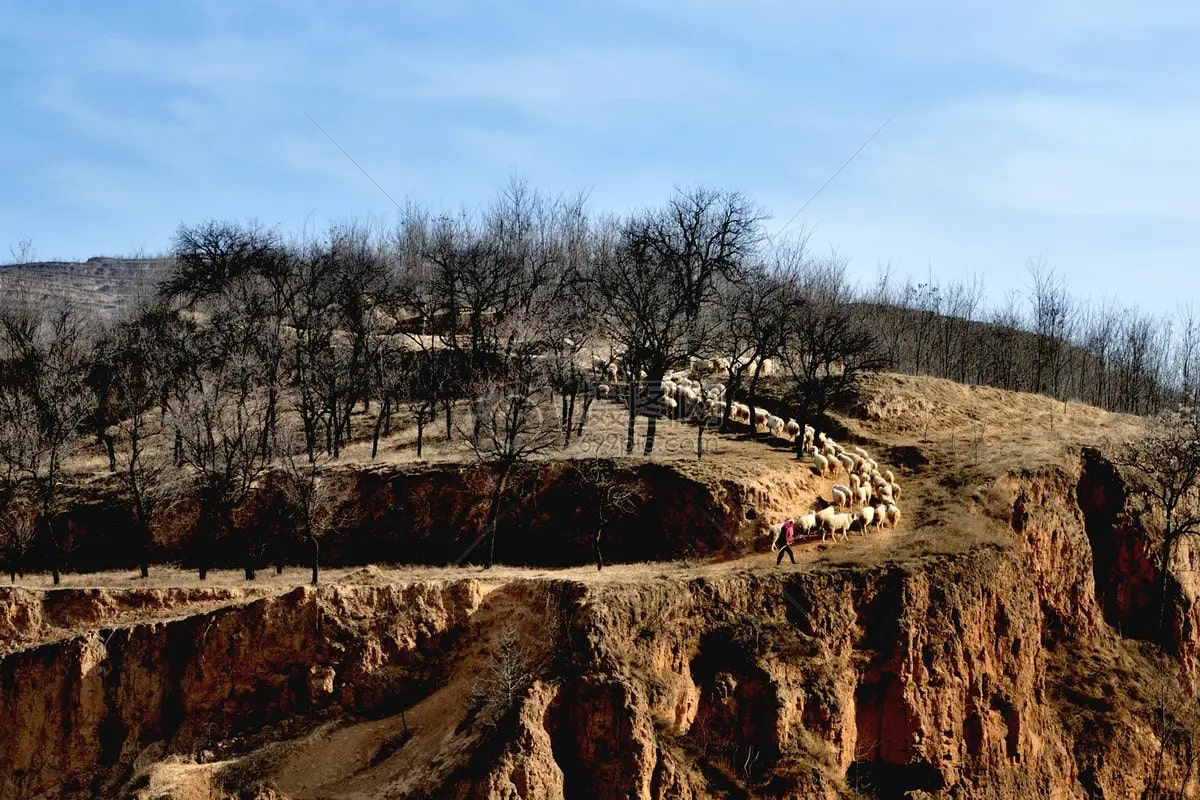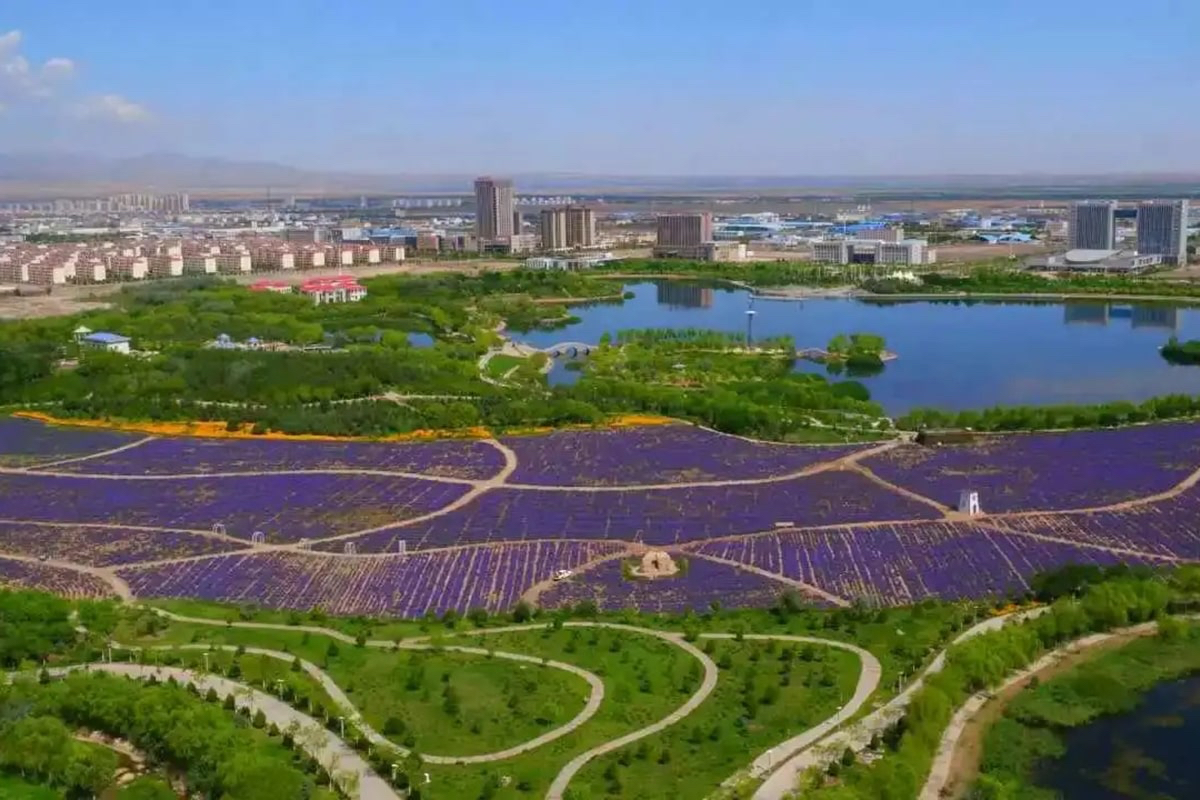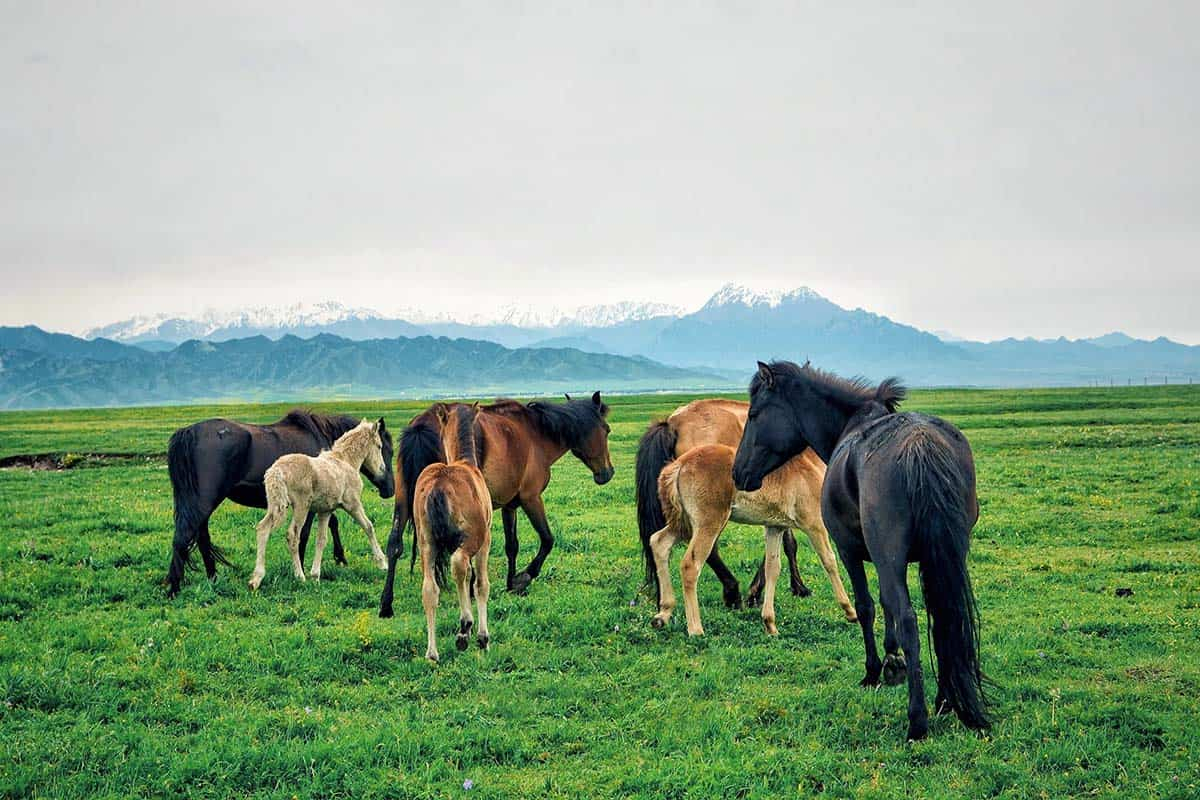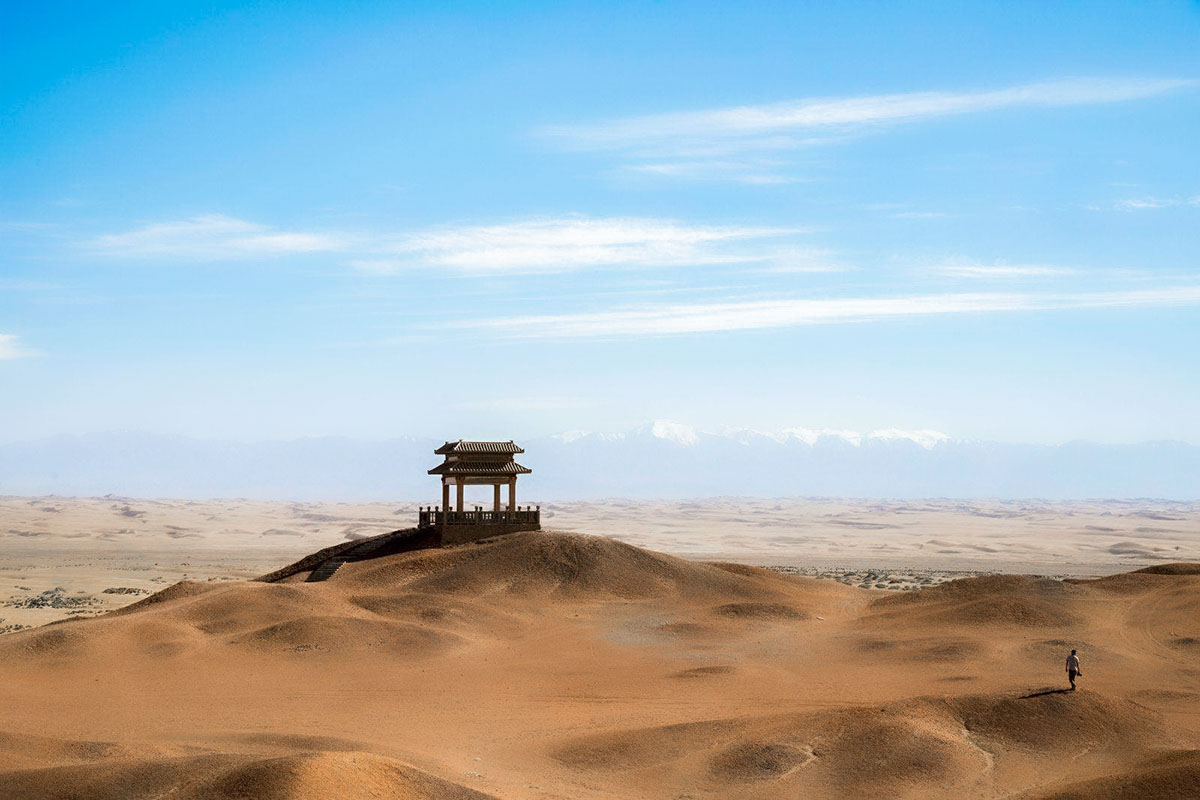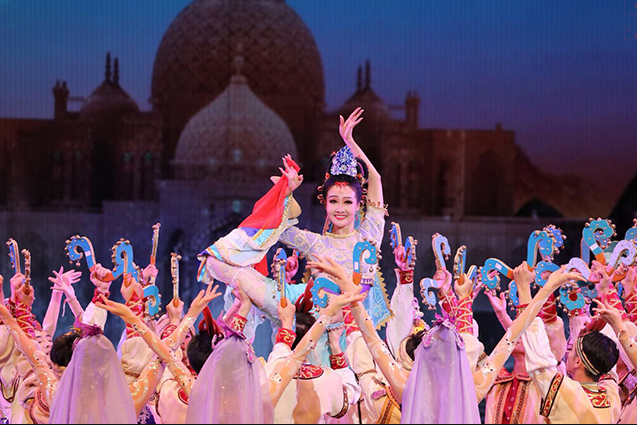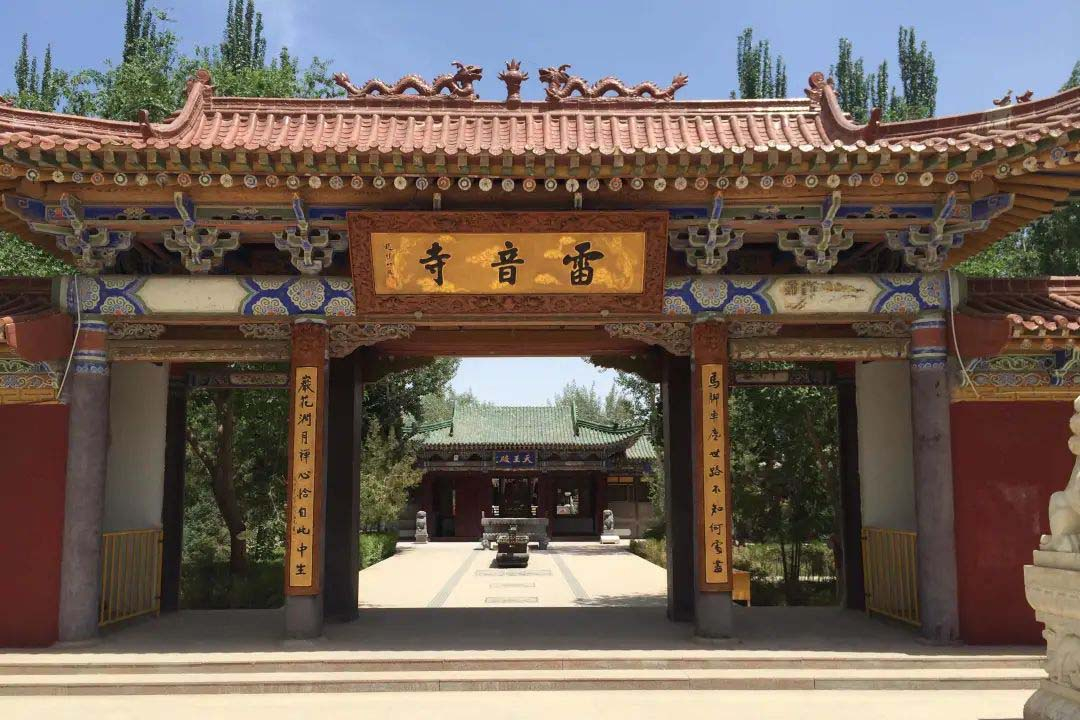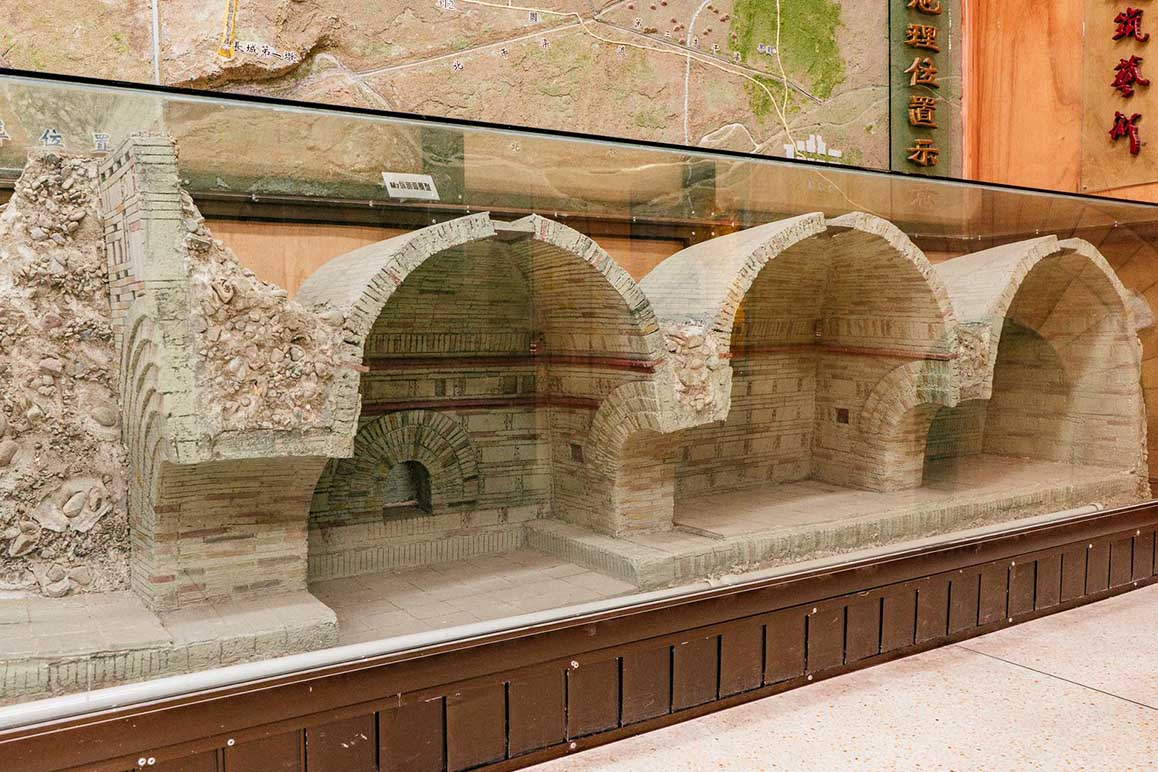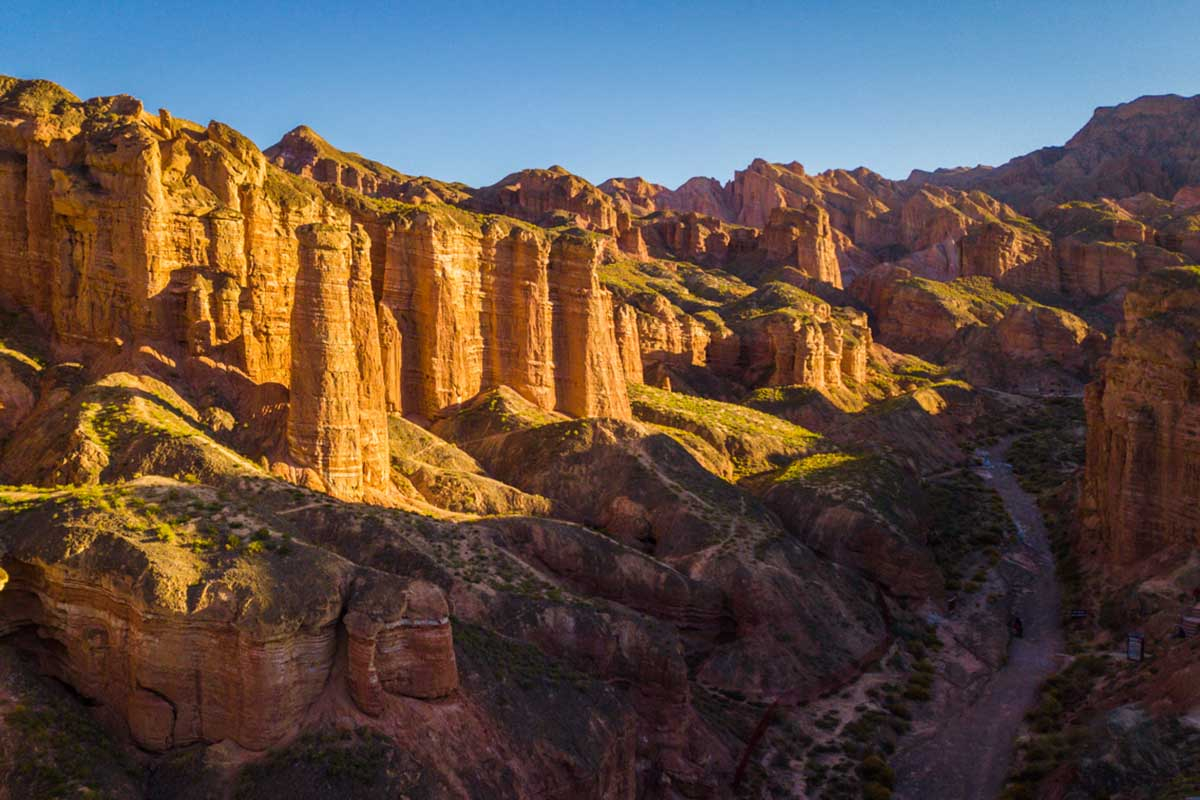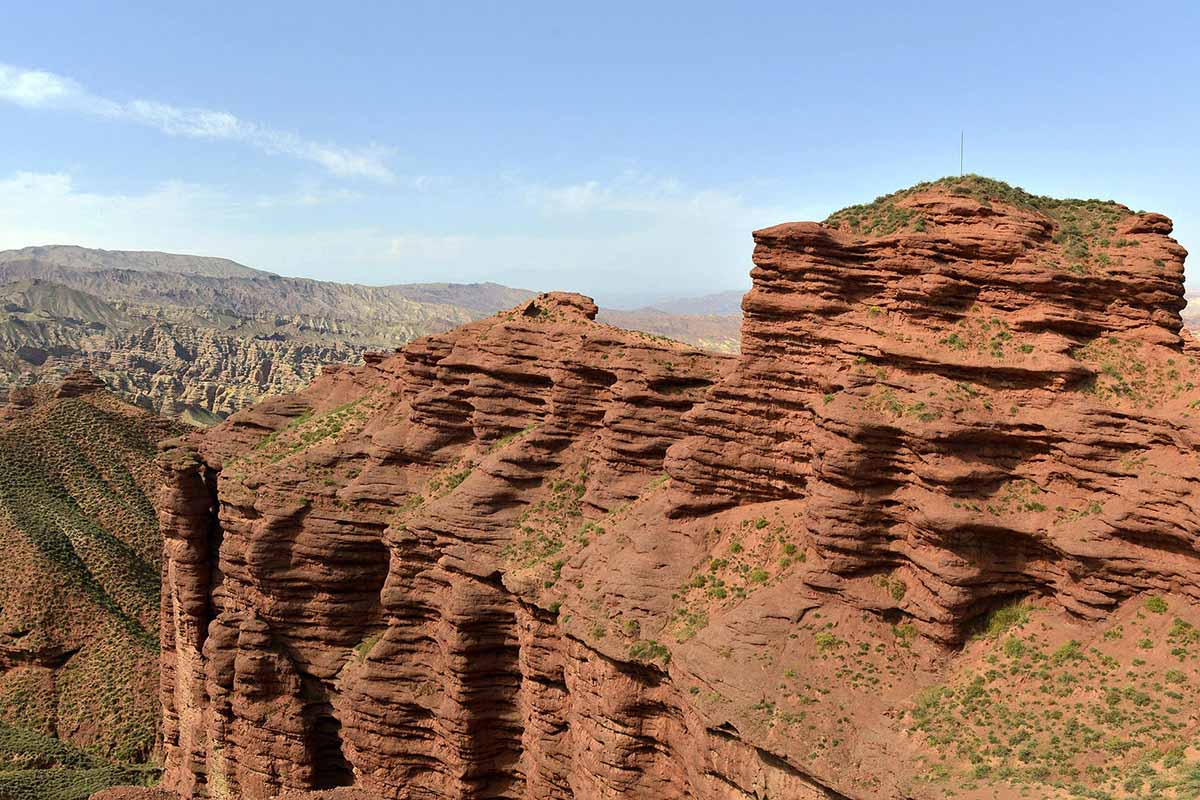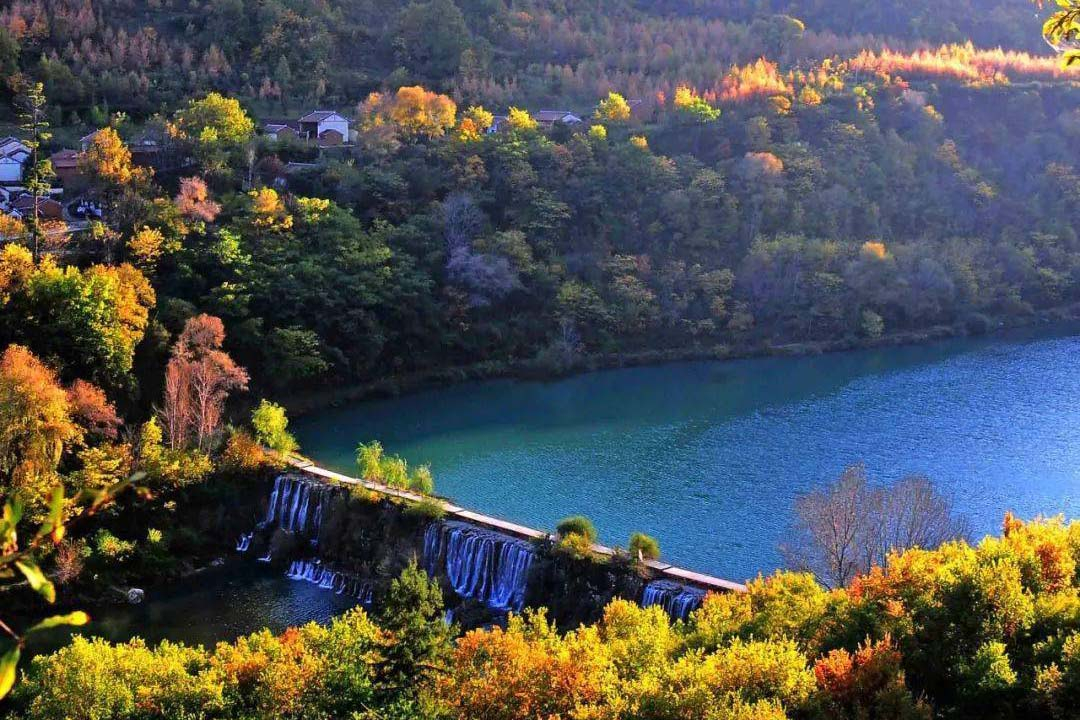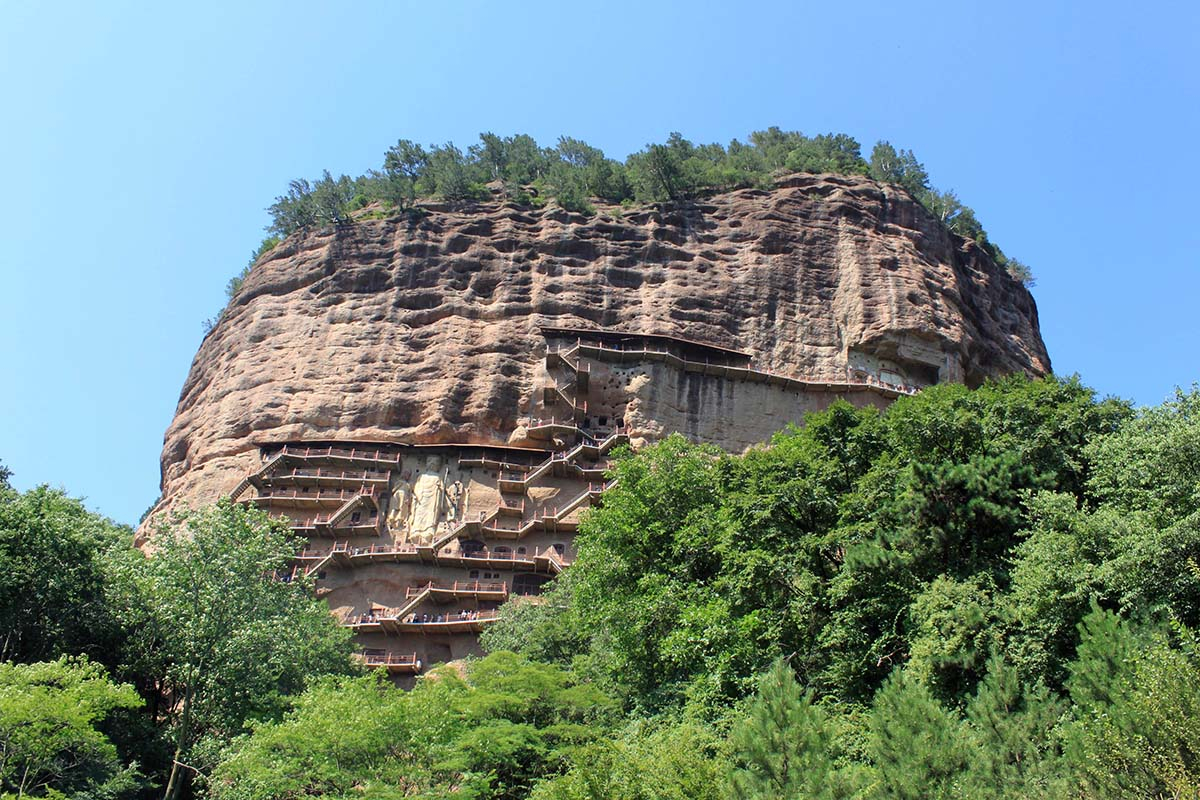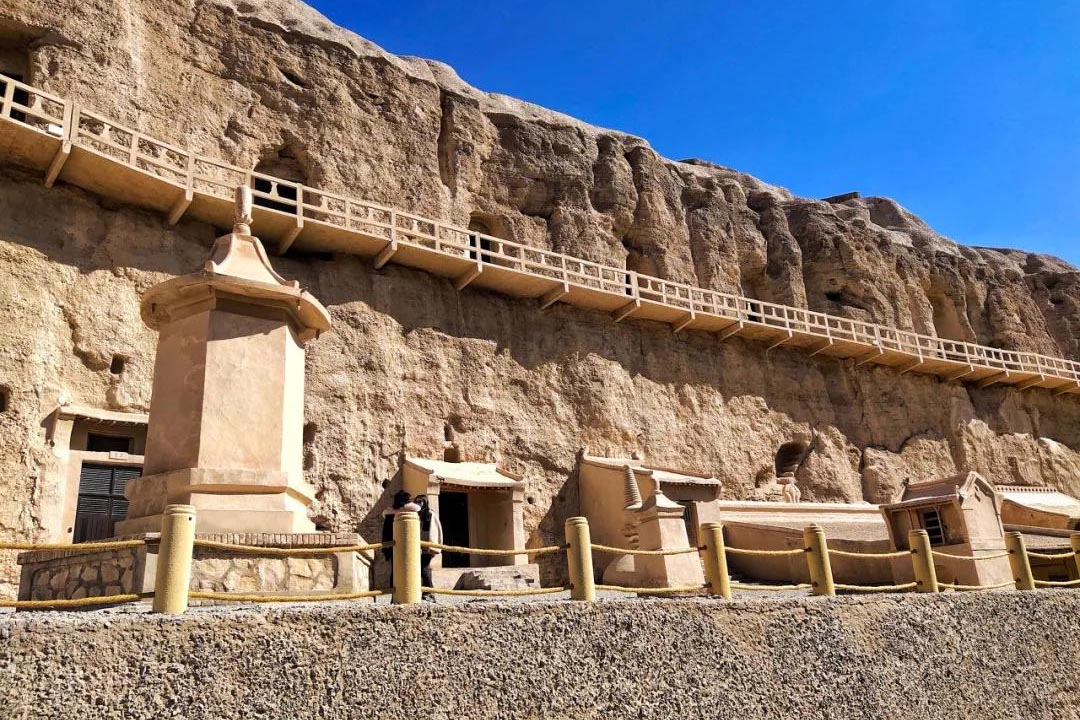Bingou Danxia Landscape Scenic Spot
Chinese name: 冰沟丹霞(Bing Gou Dan Xia)
Location: Kangle Village, Sunan County, Zhangye City, Gansu Province
Ticket: Entrance ticket CNY40.00, Sightseeing bus CNY20.00
Estimated time of tour: 1-3 hours
Recommended time of visit: all year round
Nearby attractions: Pingshanhu Grand Canyon, Mati Temple Scenic Resort,Zhangye Danxia Landform Geological Park,Giant Buddha Temple.
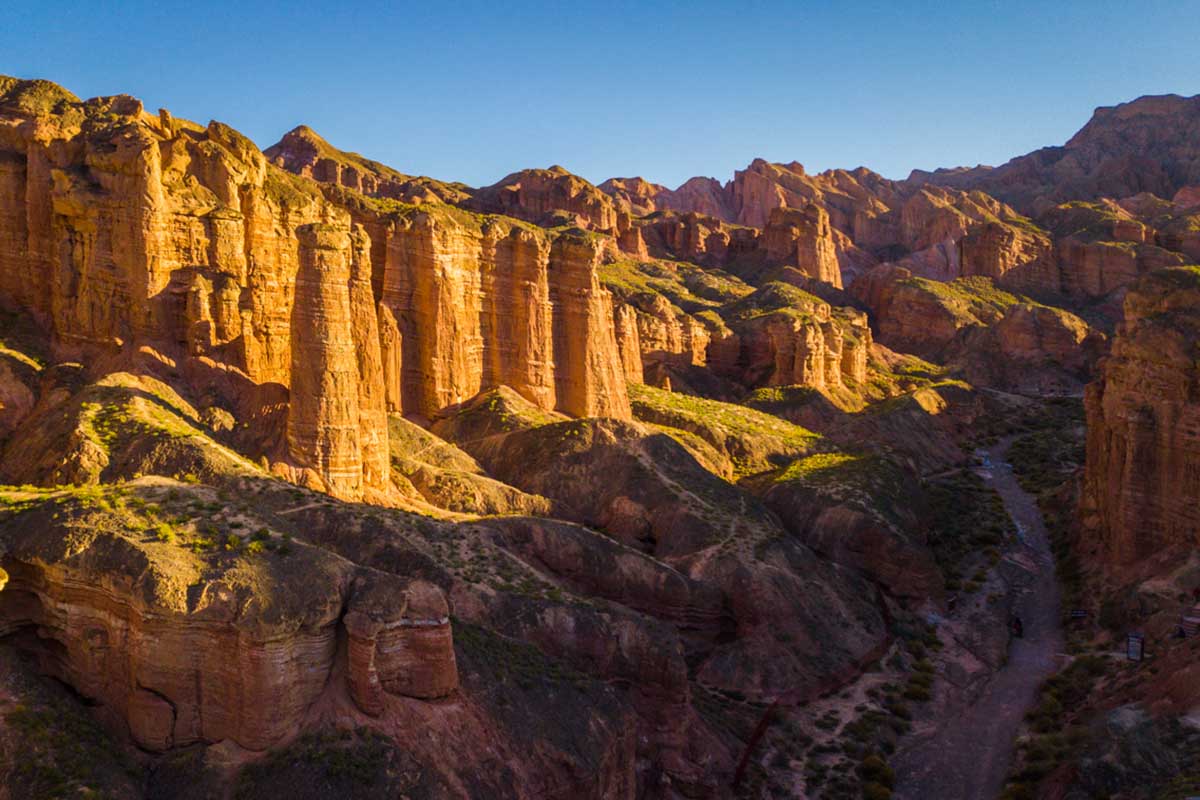
Bingou Danxia Landscape Scenic Spot locates mostly in Sunan Yugu Ethnic Autonomous County, Zhangye City, Gansu Province, in northwest of China. It is a crucial part of Zhangye Danxia National Geological Park. This scenic spot covers an area of 300 square kilometers.
Danxia landform is not an uncommon scene in China. However, the ones in Zhangye are the largest of them all and probably the most famous. People often associate the City of Zhangye with Danxia landform. The Zhangye Danxia landform is also known as the eye candy of Zhangye. Many artists envy this masterpiece as it appears like a perfect painting on canvas. Tourists describe this famous attraction as a masterpiece that resulted from unintentional paint spills. Art enthusiasts are thrilled by how these landforms appear to be creatively disorganized.
Geologists believe that danxia are formed as a result of movement in the earth’s crust. This makes rock layers appear in different colors, textures, shapes, sizes and patterns. The combination of these differences creates towering peaks, cave holes and stone halls. Danxia formations are green, yellow, blue and many other colors. Experts say that they are the result of red sandstone and other rocks accumulating for millions of years. Zhangye Danxia Landform is ranked seventh among the most beautiful danxia landscapes. Zhangye Danxia presents a good balance that boosts its cultural value. The formations are well-preserved, and there are no signs of destructive exploitation.
Of course Zhangye City is not only about Danxia landform, it is in the center of the Hexi Corridor. The area was the frontier for much of China's history, forming a natural passage to the Central Asian portion of the empire. During the Western Han dynasty, Chinese armies were often engaged against the Huns in this area. It was also an important section of the Silk Road.
- HOTEST
- RECOMMEND
